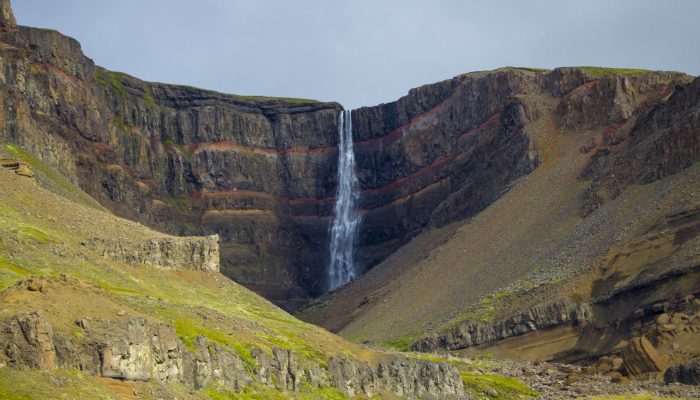
Brekkuselslækur, a small river, carves its way across Iceland’s ancient volcanic landscape. At Hengifoss, Iceland’s third-highest waterfall, it tumbles fiercely down thick, dark layers of lavas erupted from volcanoes some 18 to 2.58 million years ago, during a period of geological time known as the Tertiary.
Eruptions are rarely continuous; during hiatuses in the extrusion of lavas, ash is able to settle atop the smoldering layers. If the pauses are long enough and the conditions just right (a warm and humid climate is needed) the ashes, through the addition of clay and iron minerals, slowly turn to soil . When new lavas are layered over the top of the ash-rich soils, a chemical reaction takes place between the iron trapped in the soil and the oxygen transported by the lavas, to form iron oxide. In essence, the soils rust and turn a distinctive red colour.
As the process is repeated time and time again, layers of alternating black lavas and red soils are built up to form a giant ‘mille feuilles’ cake.
In the summer months, tourists flock to this popular site. An unspoilt view of the 188m high torrent means an early morning hike to beat the crowds. For a bird’s eye view of Hengifoss, the adventurous can even scarmble to the cliff tops too.
Imaggeo is the EGU’s online open access geosciences image repository. All geoscientists (and others) can submit their photographs and videos to this repository and, since it is open access, these images can be used for free by scientists for their presentations or publications, by educators and the general public, and some images can even be used freely for commercial purposes. Photographers also retain full rights of use, as Imaggeo images are licensed and distributed by the EGU under a Creative Commons licence. Submit your photos at http://imaggeo.egu.eu/upload/.

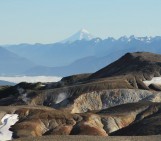
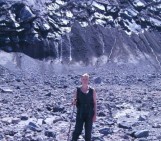
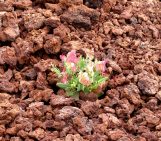
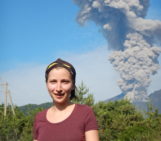
Matthias Schultz
Hi,
Thanks for your article on this beautiful natural site I had the chance to visit last year. Do you have any scientific article, book, geological map or other source on the geology of Hengifoss? I would gladly learn more about it.